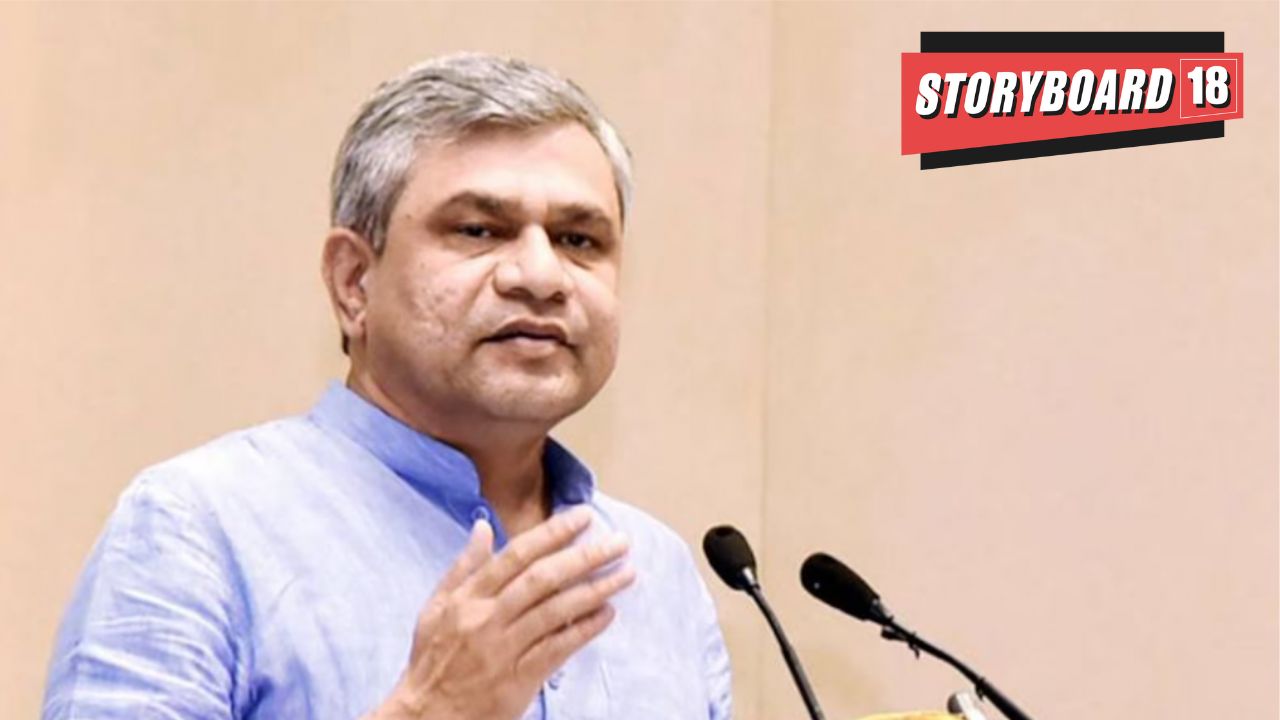By Mahesh Uppal
The appointment of Ashwini Vaishnaw, 51, to head three ministries in the new NDA government is a significant development. He has retained the Ministry of Railways and the Ministry of Electronics and Information Technology (MeitY), which he led in the outgoing government. This time, the Ministry of Information and Broadcasting (MIB) has been added to his earlier portfolio, and the Ministry of Communications (MoC) has been removed.
His new mix of ministries is a unique opportunity to bring coherence to India’s communications landscape. Will he persevere?
Vaishnaw’s professional background could be a significant advantage in his work. A former IAS bureaucrat, he holds an MTech degree from the Indian Institute of Technology, Kanpur, and a Wharton MBA. He has worked for global companies and was an entrepreneur before becoming a politician. All this will serve him well in his new responsibilities related to the Internet and media — a heady mix of technology, markets, and public policy.
His selection may also be attributed to his successful tenure in the MoC, where he skillfully navigated the complexities of the Telecommunications Act 2023. This Act primarily regulates India’s telecommunication network, which carries India’s internet traffic and Over-the-Top (OTT) audio and video that intersect Vaishnaw’s current ministries, MIB and MeitY.
Significant unfinished business awaits him at MeitY and MIB. Several interventions, with wide-ranging implications for business, civil society, and the government, are proving complex and challenging. Many are delayed or stuck.
MeitY, for instance, has yet to operationalise the Digital Personal Data Protection Act of 2023, which was passed nearly a year ago. The Digital India Act, a replacement for the Information Technology Act of 2000, has been in the pipeline since 2022.
The MIB is yet to finalise the eight-month-old Draft Broadcasting Services (Regulation) Bill (“Broadcast Bill”) to replace the Cable Television Networks (Regulation) Act, 1995. It is reportedly formulating a National Broadcasting Policy (NBB). A year ago, it sought “inputs” for the NBB from the Telecom Regulatory Authority of India (TRAI).
MeitY and MIB have faced pushback on several recent pronouncements and documents.
The Broadcast Bill has been criticised in various quarters, especially the media. A key concern is the inclusion of digital media and OTT apps in its definition of broadcasting. The Press Club of India argues that the government’s extended role in determining what can be disseminated amounts to censorship.
MeitY has had its share of controversy. It faced criticism for its Intermediary Guidelines and Digital Media Ethics Code (2021), which sought to increase the accountability of social media intermediaries like Facebook, Twitter, etc. A 2023 amendment to the Guidelines to control misleading or false information has faced considerable pushback from media organisations and others.
Among the most controversial issues facing MeitY and MIB is the regulatory treatment of Internet-based OTT applications, such as social media and web TV (e.g., Netflix). MeitY and MIB have separate challenges with OTT apps that require nuanced leadership from him.
The minister knows that fitting OTT applications into India’s regulatory frameworks for telecommunications and broadcasting is challenging. Currently, there is a licence to deploy a network (carriage) and run services such as telephony or TV programming (“content”) on it. The licensed players thus offer carriage and content. However, OTT players provide only content. Also, the broadcasting regulatory framework is designed for TV content that simultaneously reaches multiple users while users select OTT content from a catalogue and view it privately when they wish. Thus, despite their overlapping functionality, OTT and licensed players differ substantively. The minister’s challenge is creating a framework that considers similarities and differences.
The minister’s work towards a coherent approach to carriage and content is hampered by the many anomalies in the responsibilities of existing ministries: MoC licenses infrastructure for telecommunications but not broadcasting. MIB controls broadcasting content as well as infrastructure. MeitY has wide jurisdiction over the Internet and also oversees data centre infrastructure. No single ministry is responsible for content or carriage.
The TRAI was conceived as a telecom regulator. A government notification in 2004 extended its mandate to broadcasting infrastructure. However, its role in pricing TV channels or rules for media ownership touches content, too, albeit indirectly.
The blurred boundaries between the ministries and TRAI’s nebulous responsibilities will hinder Vaishnaw’s efforts to streamline the regulatory framework for carriage and content.
The Minister has a unique opportunity to steer a coherent approach to content for another reason: online media, print, radio, and satellite broadcasting are under his purview. He can help remove anomalies between the treatment of online and offline content while factoring in their unique characteristics, such as the ease with which online content can go viral.
The task before Vaishnaw is tough and important. His previous experience with MoC will be an advantage but not an entirely replicable template for his new challenge. He consulted stakeholders extensively while steering the Telecommunications. He will require even more of such an approach. However, the Act substituted licensing with authorisation but said nothing about how the latter would work differently. The Minister’s new task cannot afford ambiguities or playing to the gallery.
The Minister’s impressive background and experience, far beyond that of a conventional politician, could be invaluable in unravelling these complex challenges. He is well-placed to attempt a coherent policy and regulatory approach to the Internet, media and content.
Mahesh Uppal heads Com First (India), which advises diverse stakeholders in the communications and internet industry.
